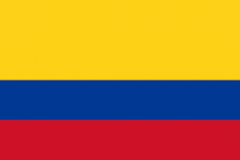So far in 2022, at least 101 people have been killed, according to the Institute for Development and Peace Studies (Indepaz). Indepaz says 1,328 social leaders – a term used to describe political activists, community representatives and rights defenders – have been killed since the 2016 peace agreement between the Colombian government and the Revolutionary Armed Forces of Colombia (FARC) rebel group. “Social leaders tend to be the people who stand up for their communities, so they put themselves in a very difficult situation because of their leadership,” Sergio Guzman, a political analyst and director of the Colombia Risk Analysis consultancy group, told Al Jazeera. “They are targeted by illegal organisations [in order] to assert their total control, instil fear in the population and subdue them.”
- Home
- About Us
- Issues
- Countries
- Rapid Response Network
- Young Adults
- Get Involved
- Calendar
- Donate
- Blog

